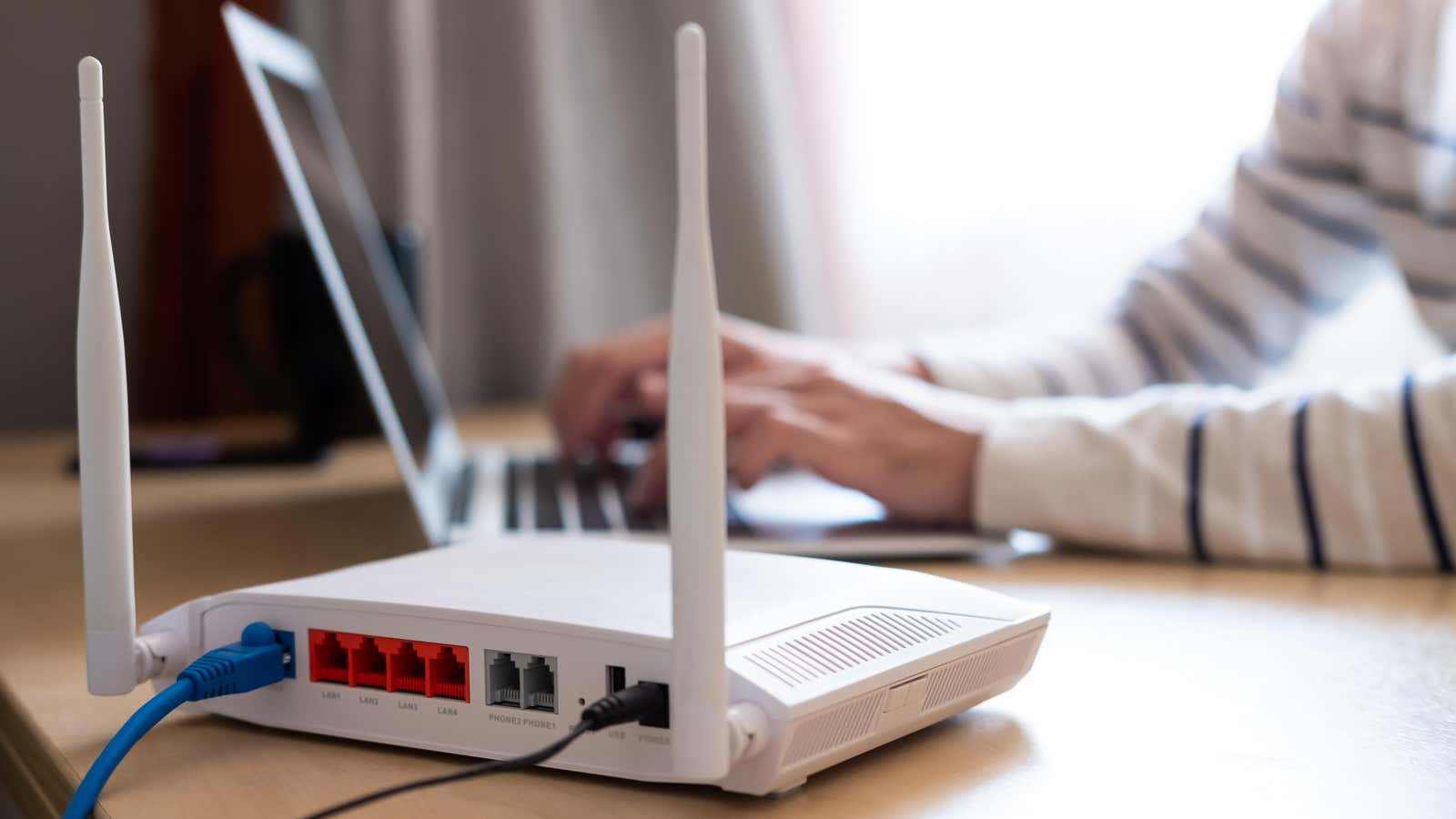How to Change Wi-Fi Networks on All Your Smart Devices at the Same Time

Whether you’ve changed your ISP or need to update your password, switching Wi-Fi comes with some issues. Manually connecting all smart home devices while changing the network connection is a laborious process. Wouldn’t it be easier to switch Wi-Fi connections on all smart home devices at once? Fortunately, there are workarounds to make it easier to switch internet connections; here are two possible solutions.
Change SSID and PSK / Password
When you open Wi-Fi settings on one of your smart devices, you usually see several network options to choose from. Your Wi-Fi network name is the SSID, which stands for Service Set Identifier.
One way to prevent the problem of manually connecting smart home devices is to change the Wi-Fi SSID and password to the credentials of the original router. In other words, if you use the same Wi-Fi name and password when setting up a new connection, you will be able to restart every smart device in your home and they should automatically reconnect to your new network.
Please be aware that some routers will use the password as PSK. Make sure you’re looking for the correct field when you’re ready to enter a new password to connect to the Internet. If you are unable to enter the same information into the new network setting, this process may not work for you. Check again that you are entering the correct information in the appropriate fields.
Use Ethernet to connect your device
No connection delays and no interference are two reasons why you should consider using an Ethernet connection. While wireless internet access is more popular, there is nothing wrong with using a wired connection in your home if possible. With a wired connection, your smart devices are more likely to perform at their best. Ethernet is secure and does not require passwords like standard wireless connections.
There are various types of fiber optic cables that can be used to connect to an Ethernet network. For example, there are singlemode and multimode fiber optic cables available from many telcos.
Singlemode cables are best for large homes where higher bandwidth is required , while multimode fiber is better for shorter distances and lower bandwidths. The cables you use to connect to the Internet can positively and negatively affect your home connection. Be sure to assess your home’s internet needs before choosing one cable over another.
Please be aware that some smart devices, depending on their capabilities, may not support Ethernet connections when using these types of cables. Check the specifications of your smart devices before configuring this type of Ethernet cable connection.